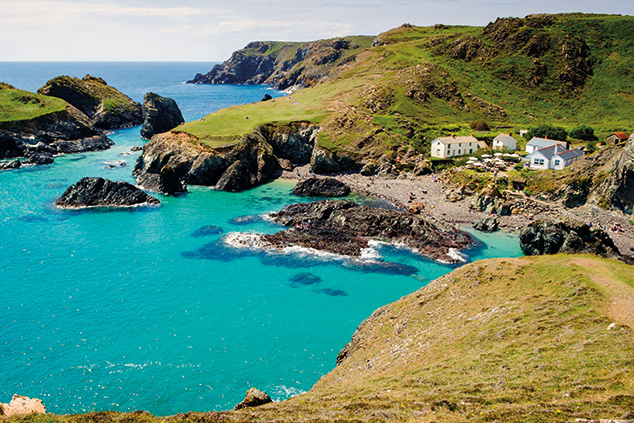
If you’re contemplating buying a holiday home to rent out, there are several important issues to consider before you can start perusing brochures of exotic beach houses. First, there’s the small matter of how to pay for it. A standard mortgage doesn’t allow you to let out the property, while a buy-to-let mortgage isn’t suitable either: lenders would assess affordability on the assumption that you may not be able to let it out full time.
Because the income you can get from renting out a holiday home is deemed less of a safe bet than money made from a buy-to-let property, holiday-let mortgages are seen as riskier. As a result, the pool of lenders in this area is fairly small, and mainly made up of building societies. Lenders will look at whether the property will be able to provide a rental income of typically 125%-145% of the interest payable on the mortgage, and you will probably need to put up a deposit of at least 30%, according to lobby group HomeOwners Alliance.
Expect interest rates of between 2% and 4%, slightly higher than those on a traditional mortgage. For example, Leeds Building Society offers a two-year fixed-rate mortgage at a rate of 2.44%, with a fee of £999 and a maximum loan-to-value ratio of 60%, while Cumberland has a five-year fixed-rate product for a rate of 2.99% with a £1,000 fee and maximum loan-to-value ratio of 75%. You may wish to consider going through a broker to make sure you end up with the right product.
Before you go off the idea, keep in mind the preferential tax treatment given to furnished holiday lets (FHL). In order to qualify as an FHL, however, the property must meet certain requirements. As you might expect, it needs to be furnished and must be available to holidaymakers for at least 210 days a year, not including days you spend there yourself. It then needs to be let commercially for at least 105 days over the year, while stays for longer than 31 days are only permitted if the total number of those days doesn’t exceed 155. See HMRC’s guidance on gov.uk for more information on conditions and grace periods.
Preferential tax treatment
Once you’ve jumped through all those hoops, there are several tax benefits in store. Although you still have to pay the extra 3% stamp duty charged on the purchase of second homes, holiday lets have managed to avoid many of the other punitive recent tax changes applied to the buy-to-let sector.
For instance, if you own an FHL, you can still deduct the full amount of interest you pay on your mortgage from your income for tax purposes. The government began to scale down this relief for buy-to-lets in 2017. You can also claim capital allowances for items such as furniture, equipment and fixtures. Buy-to-let owners can only deduct the actual cost of replacing domestic items.
Importantly, your profits from renting out an FHL are classed as “relevant earnings”, meaning you can put them into your pension and benefit from tax relief. You can also get capital-gains tax relief when you sell the property. Finally, if the FHL is in England and let out for more than 140 days a year, it should be charged business rates rather than council tax. Then, if it has a rateable value of less than £15,000, you could be eligible for small-business rate relief of up to 100%.